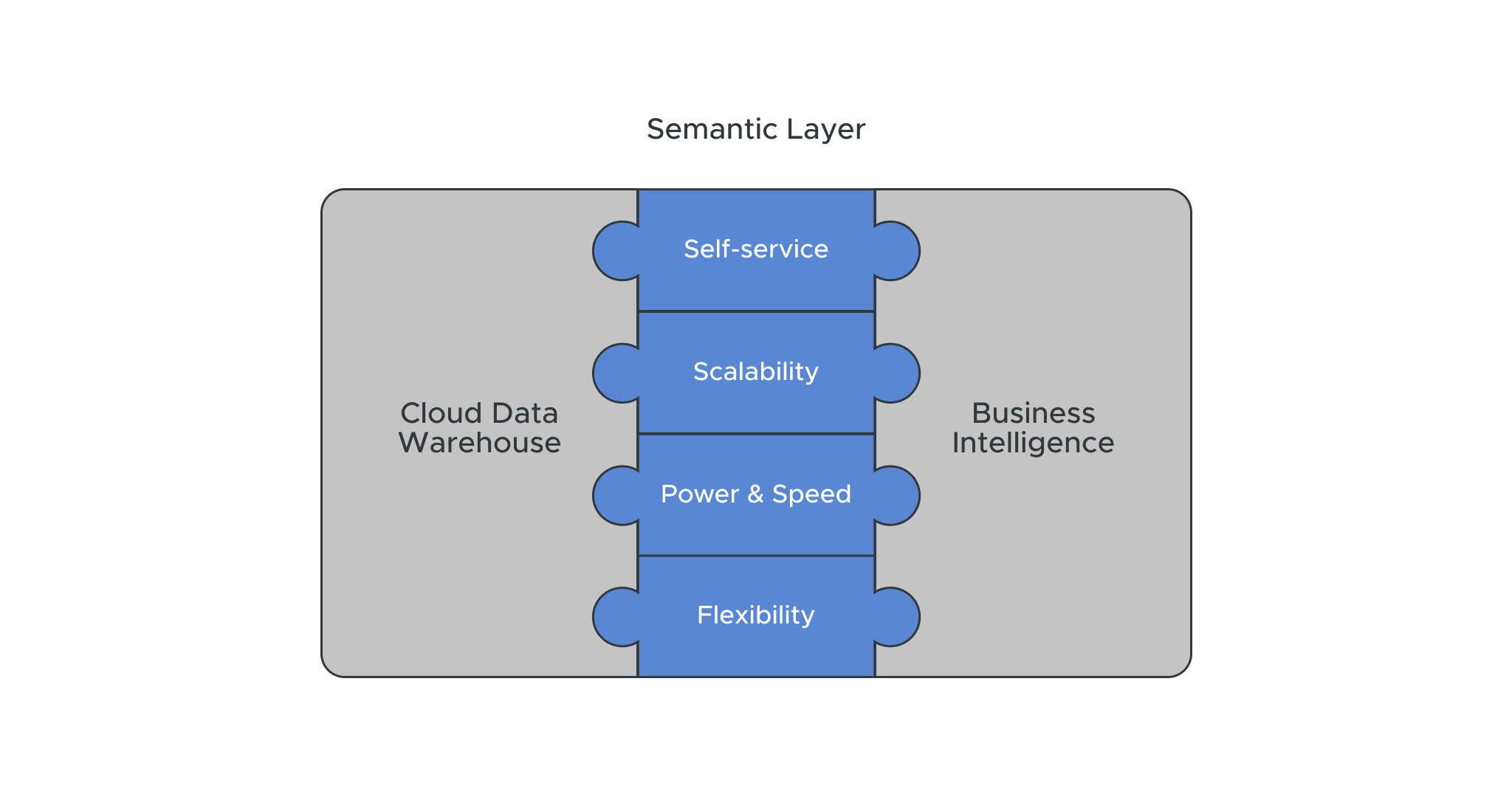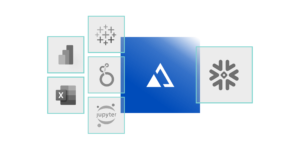May 3, 2022
Performant Power BI Analysis on Snowflake with AtScale
More than 10 years after the explosion of big data analytics technologies, data scientists still spend nearly half their time on data preparation. Despite all their hard work preparing data for use, 86% of the data used to create insights is out of date and 41% of insights are based on data that is two months old or older.
In other words, despite major investments in powerful cloud data platforms like Snowflake, many businesses are still struggling to make the most of their data.
The problem is usually that it is difficult to bridge the gap between the data in Snowflake and the tools that business users work with (such as Power BI, Tableau, or Excel). Many business users fall back on static data extracts (such as TDE files for Tableau), creating multiple data silos and fragmented insights.
The solution? Adding a semantic layer into the data stack between your Snowflake cloud and your business intelligence tools.
What is a semantic layer?
A semantic layer gives you a single source of truth, by introducing a business view of your data for business analysts and business scientists to work with. A semantic layer ensures that you have fast, secure, and governed data for your business and data analysts.
Instead of moving data in and out of the Snowflake Data Cloud, the semantic layer enables you to leave the data where it is. You can work within the semantic layer to prepare the data for analysis across any BI, ML, or data science tool. Your data team will no longer need to remodel the data in your BI tools to make it usable – instead, every user has a live connection to the real data in Snowflake. As more data is added to Snowflake, changes are immediately propagated to every user connected to the data models in the semantic layer – so your data is always accurate.
Why AtScale and Snowflake?
AtScale isn’t the only company offering a semantic layer technology – but it is the ideal technology for Snowflake. Here’s why:
- Self-service analytics for everyone
AtScale dramatically accelerates the time-to-insight from the Snowflake Data Cloud. Because AtScale’s semantic layer is universal, data teams can deliver analysis-ready data across any BI, ML, or data science tool, with measures, dimensions, and a consistent view of your data in Snowflake tables. As a result, you can democratize access to data across your whole organization, while enabling centralized governance and consistency.

- A data analytics capacity that scales with your data
When you use AtScale with Snowflake, there’s no need to scale a separate analytics infrastructure. AtScale’s semantic layer is integrated into Snowflake’s existing security, so it scales securely even as your data grows. In fact, AtScale adds additional security to your data, including row-level and column-level security and data masking.
- Take full advantage of the power and speed of Snowflake
AtScale automatically creates data aggregates to optimize Snowflake’s performance. When you run queries through AtScale, the technology learns from real user behavior and identifies opportunities to create and employ aggregates. This makes queries dramatically faster, and also means you can add more users to an existing Snowflake warehouse without adding additional costs.
- Get true flexibility working with Snowflake
With AtScale, you can modernize legacy OLAP analytics with a full dimensional analysis engine on live data in Snowflake with no data extracts. You can extend Snowflake support into other languages, like DAX, MDX, and Python, allowing you to continue working with your current BI tools like Power BI and Excel. You can easily translate queries from BI tools and run them directly on the Snowflake SQL physical data layer, without any need to create unreliable sources of data (like data cube builds or extracts).
AtScale allows you to do multidimensional analysis directly on data in Snowflake
When you work with AtScale, it can literally take you minutes to create a multidimensional semantic model, pulling in whatever metrics are needed from your entire Snowflake Data Cloud. Those metrics will be unified, analysis-ready, and available to consumers with live queries using any BI, data science, and ML services of your choice. Instead of relying on legacy “cube” architectures like SSAS, the AtScale semantic layer enables fast dimensional analysis by creating aggregates on the Snowflake Data Cloud, with dialect support for DAX, MDX, Python, and SQL.
For a full deep dive into using AtScale with Snowflake, join Dave Mariani, AtScale’s CTO and founder, and Bob Kelly, AtScale’s Director of Education and Enablement, for an on-demand demo or check out our step-by-step How To guide. Or, if you’d like to experience the power of Snowflake and AtScale for yourself, schedule a live demo today!


Power BI/Fabric Benchmarks